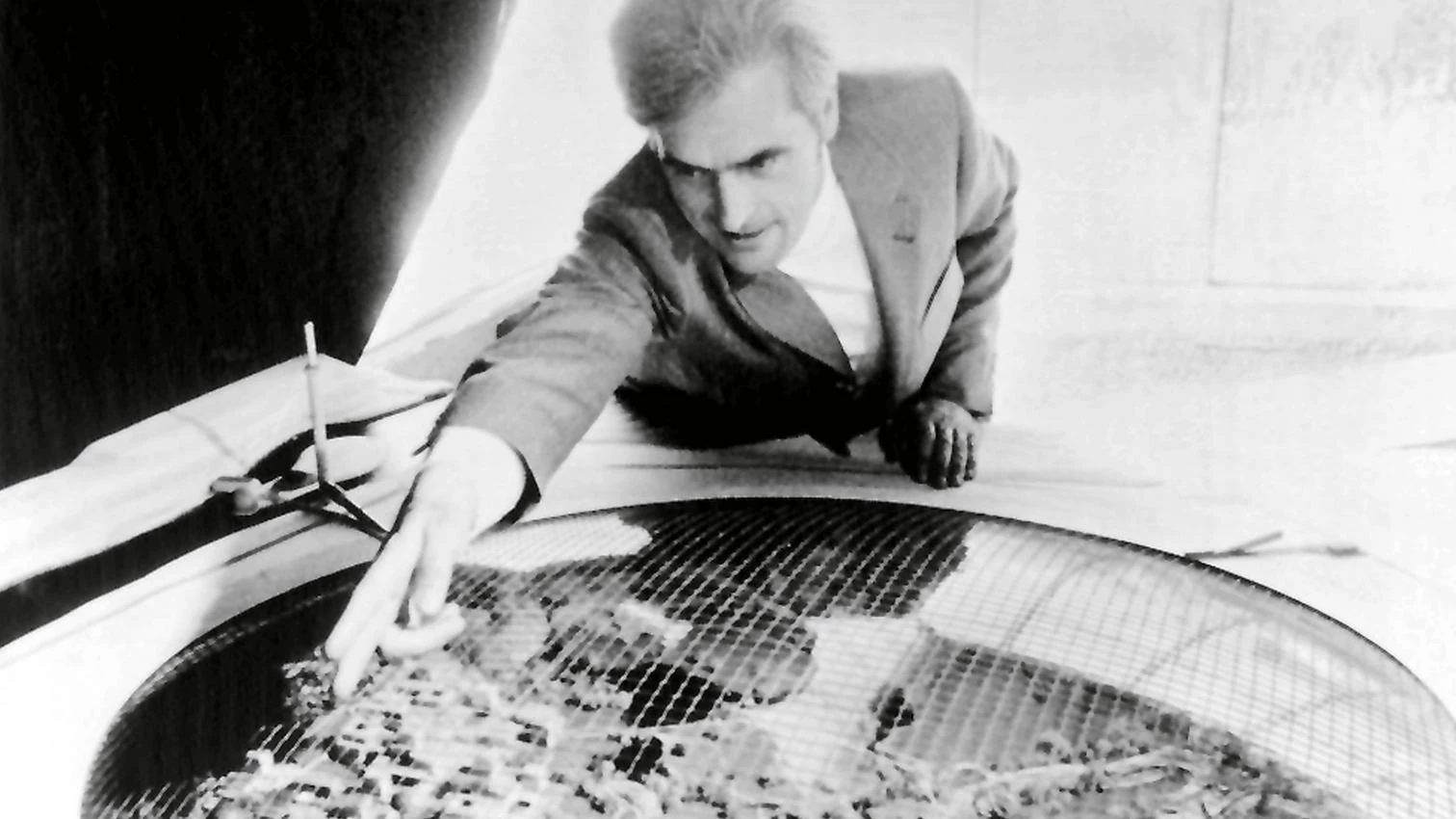
This year the announcement of the winner of the Pritzker Prize is a double surprise: first, the trophy is not going to any of the names that have been in the running for a long time now, year after year, but to a rather forgotten master, the German Frei Otto; second, the jury’s decision was made public a day after the death of Otto at the age of 89 – a first posthumous awarding in the Pritzker’s forty editions. Timely or tardy, depending on how one sees it, there is no doubt that the prize is well deserved, especially at a time when, perhaps more than ever, the focus is on architecture of the kind that is ‘necessary,’ ‘sustainable,’ and ‘efficient.’
Born in 1925, Otto belonged by age to the generation marked by the tragedy of World War II (he was a pilot of the Luftwaffe), and by interests to the group of those who, after the avant-gardes, and like Buckminster Fuller or Le Ricolais, advocated an architecture committed to society and inspired in nature. Following in the wake of D’Arcy Thomson, Otto was one of the pioneers in studying the principles behind the creation of natural forms, and in extrapolating them to construction: an experimental task that led him to found the Institute of Lightweight Structures, and which materialized in extraordinary works like the stressed roofs of the German pavilion at the Montreal Expo of 1967 and the Olympic Stadium of Munich in 1972, or, more recently, the ethereal shell of the Japanese pavilion at the Hannover Expo of 2000, which he executed in collaboration with Shigeru Ban, one of his main backers in Pritzker editions prior to this final win.






